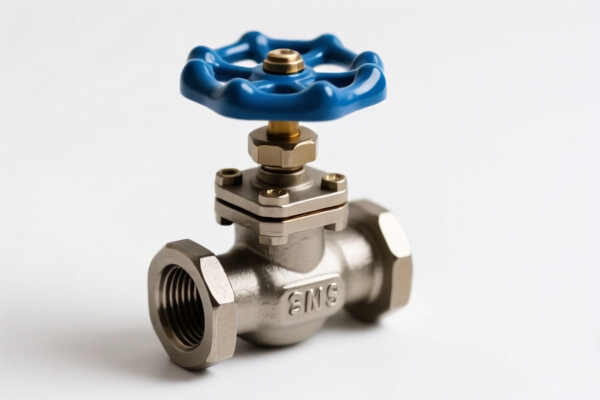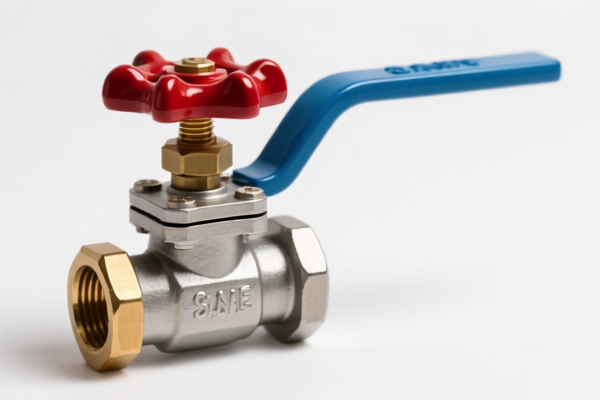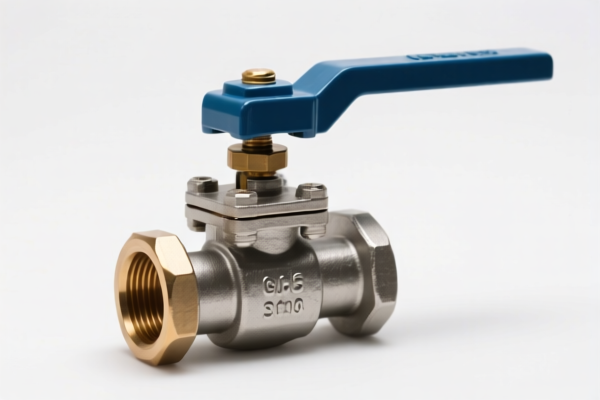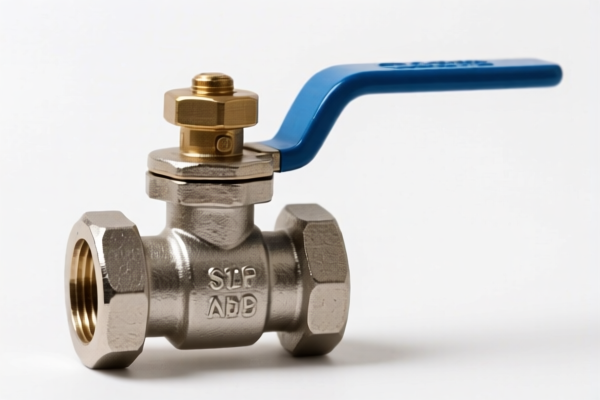| HS Code | Official Doc | Tariff Rate | Origin | Destination | Effective Date |
|---|---|---|---|---|---|
| 7006001000 | Doc | 63.8% | CN | US | 2025-05-12 |
| 7006004050 | Doc | 59.9% | CN | US | 2025-05-12 |
| 6304111000 | Doc | 49.5% | CN | US | 2025-05-12 |
| 6304191000 | Doc | 41.9% | CN | US | 2025-05-12 |
| 8304000000 | Doc | 33.9% | CN | US | 2025-05-12 |
| 9403995005 | Doc | 55.0% | CN | US | 2025-05-12 |
| 6303120010 | Doc | 48.8% | CN | US | 2025-05-12 |
| 6303120090 | Doc | 48.8% | CN | US | 2025-05-12 |
| 3926903300 | Doc | 36.5% | CN | US | 2025-05-12 |




Valance refers to the combining capacity of an element, typically measured by the number of hydrogen atoms it can combine with or displace. However, the concept has evolved and is often used interchangeably with valence, though subtle distinctions exist. Historically, valance focused on quantifying combining power based on hydrogen, but modern valence considers electron configuration.
Historical Definition & Combining Capacity
Initially, valance was determined by observing how many atoms of hydrogen an element could combine with. Hydrogen was assigned a valance of one, and other elements were defined relative to this standard. For example:
- Oxygen combines with two hydrogen atoms to form water (H₂O), therefore its valance is two.
- Nitrogen combines with three hydrogen atoms to form ammonia (NH₃), therefore its valance is three.
This method worked well for many elements, but became problematic with more complex compounds and elements exhibiting variable combining capacities.
Modern Valence & Electron Configuration
Modern valence theory relates to the number of electrons an atom gains, loses, or shares when forming chemical bonds. It's directly tied to the electron configuration of the atom, specifically the number of valence electrons in the outermost shell.
- Valence electrons: Electrons in the outermost electron shell of an atom.
- Octet Rule: Atoms tend to gain, lose, or share electrons to achieve a full outer shell of eight valence electrons (except for hydrogen, which aims for two).
The valance (or valence) is then determined by how many electrons are needed to complete the octet.
Common Types & Variable Valance
Many elements exhibit multiple valances, leading to different types of compounds.
- Monovalent: Valance of one (e.g., Hydrogen (H), Fluorine (F), Chlorine (Cl), Sodium (Na), Potassium (K)).
- Divalent: Valance of two (e.g., Oxygen (O), Magnesium (Mg), Calcium (Ca)).
- Trivalent: Valance of three (e.g., Nitrogen (N), Phosphorus (P), Aluminum (Al)).
- Tetravalent: Valance of four (e.g., Carbon (C), Silicon (Si)).
- Pentavalent: Valance of five (e.g., Phosphorus (P) in PCl₅).
- Hexavalent: Valance of six (e.g., Sulfur (S) in SF₆).
- Variable Valance: Some elements consistently exhibit multiple valances depending on the compound formed. Examples include:
- Iron (Fe): +2 and +3
- Copper (Cu): +1 and +2
- Tin (Sn): +2 and +4
Usage Scenarios & Importance
Understanding valance is crucial in:
- Chemical Formula Writing: Correctly predicting the ratios of elements in a compound.
- Balancing Chemical Equations: Ensuring mass conservation in chemical reactions.
- Predicting Compound Properties: Relating valance to the type of bonding (ionic, covalent, metallic) and resulting physical and chemical characteristics.
- Understanding Redox Reactions: Valance changes indicate oxidation and reduction processes.
- Nomenclature: Naming chemical compounds accurately often relies on knowing the valance of constituent elements.
Valances are typically used as decorative window treatments, often found in bedrooms or living rooms to enhance the aesthetic appeal of a space. They can also contribute to light control and privacy, depending on the fabric and design.
Here are the relevant HS codes based on the provided reference material:
- 6303120010: This HS code falls under Chapter 63: Linens, etc.; other textile articles. Specifically, it covers Heading 6303: Curtains (including drapes) and interior blinds; curtain or bed valances, knitted or crocheted, of synthetic fibers. This code is for window shades and window blinds.
- 6303120090: This HS code also falls under Chapter 63: Linens, etc.; other textile articles, Heading 6303: Curtains (including drapes) and interior blinds; curtain or bed valances, knitted or crocheted, of synthetic fibers. This code is for other valances.
Regarding these HS codes, it's important to note that they specifically apply to knitted or crocheted valances made of synthetic fibers. The total tax rate for both codes is 48.8%, comprised of a basic tariff of 11.3% and an additional tariff of 7.5%, which will increase to 30.0% after April 2, 2025.
Customer Reviews
No reviews yet.